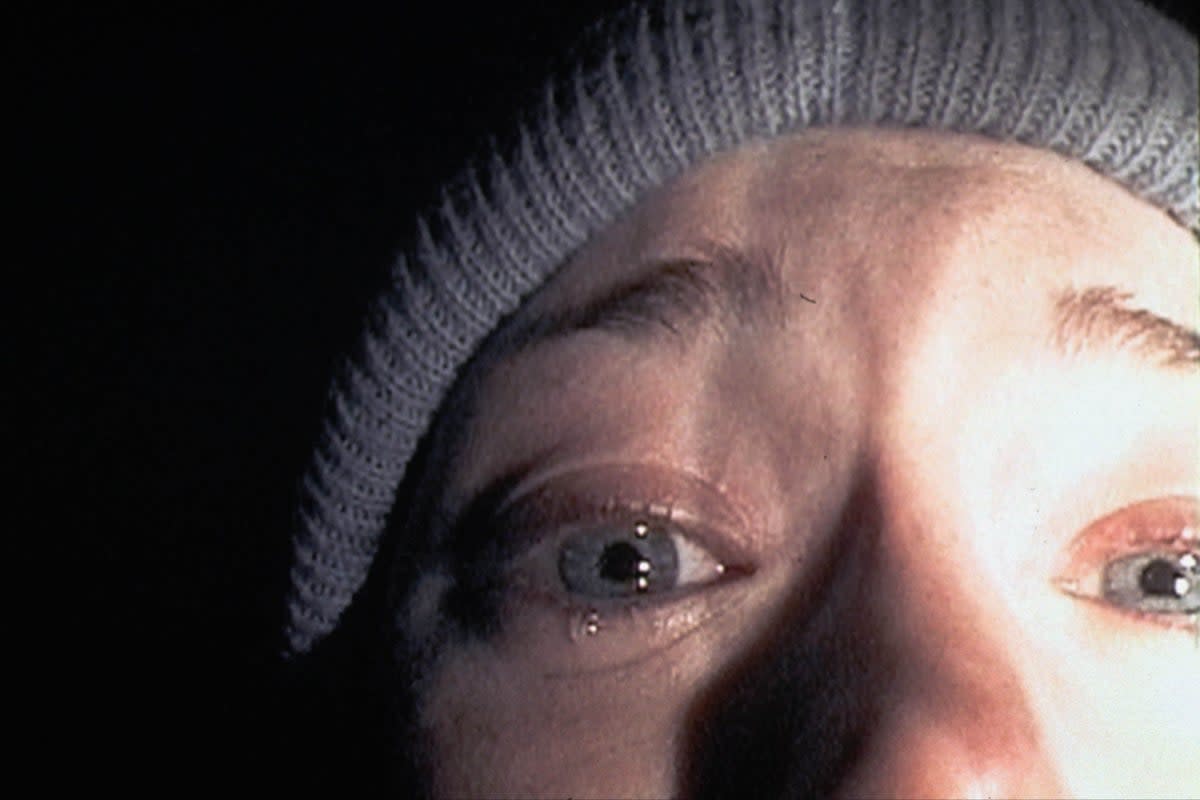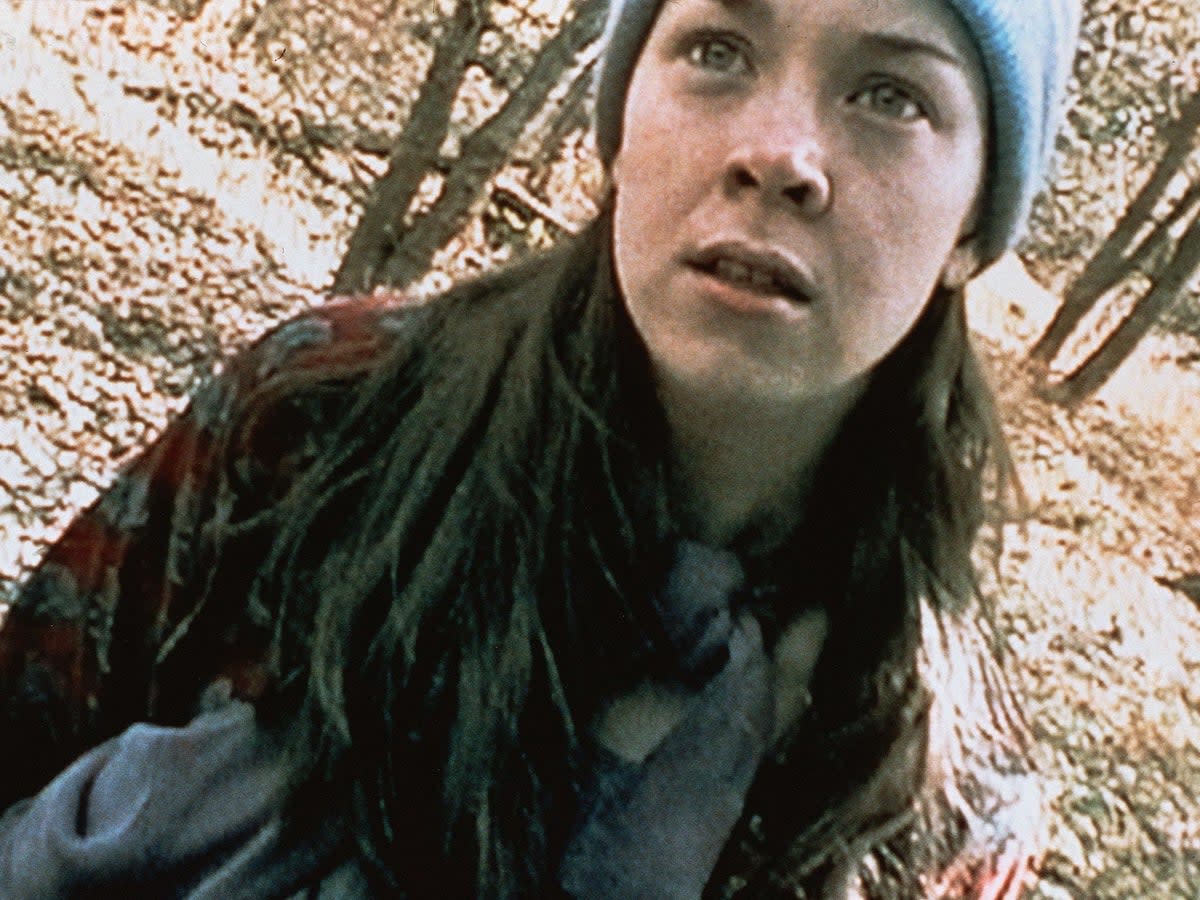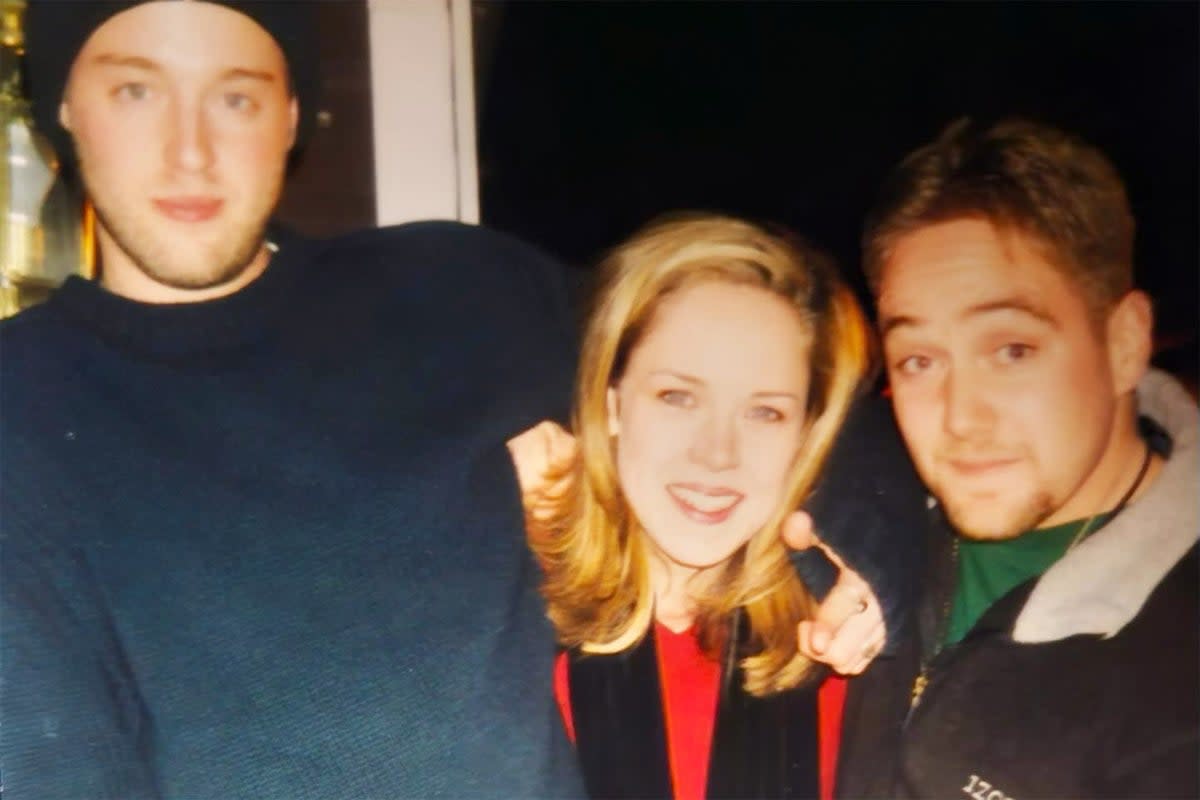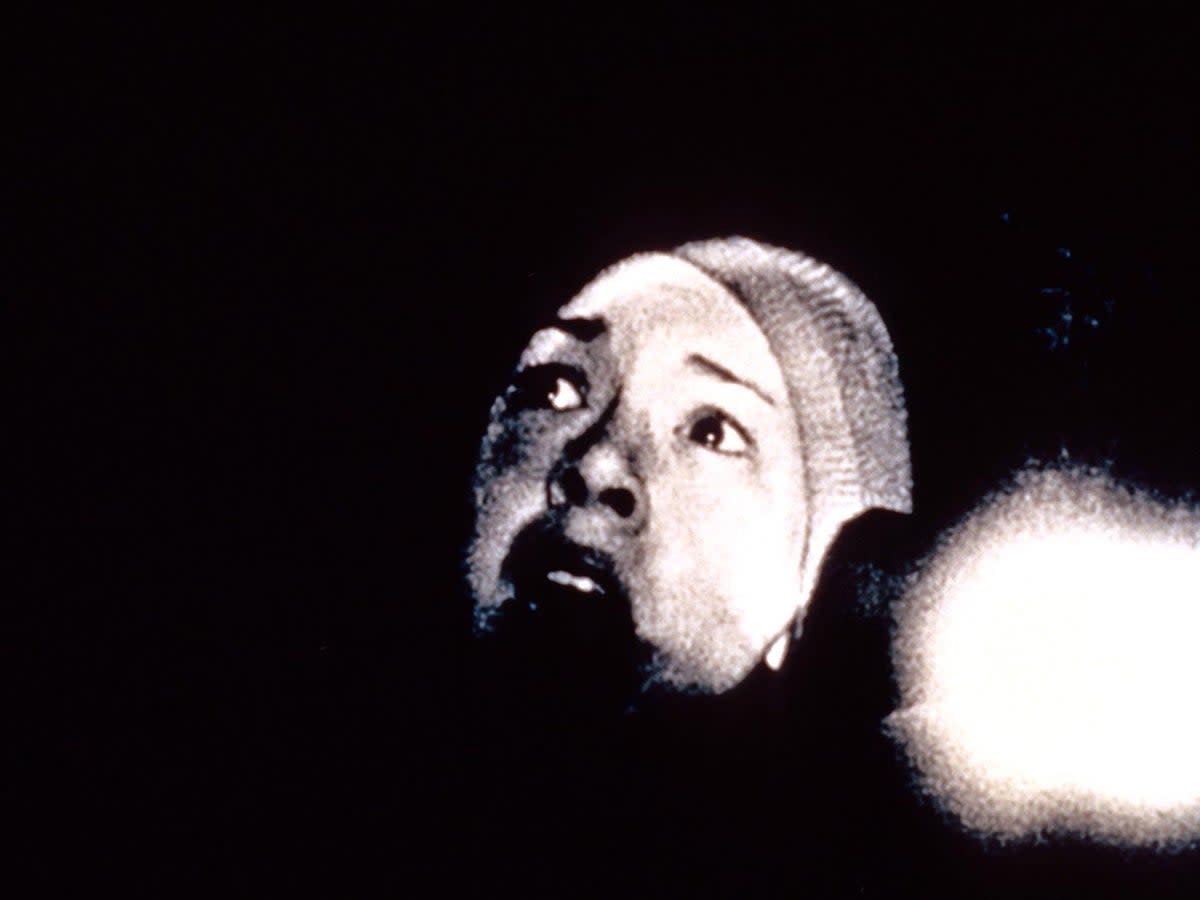The Blair Witch Project: the story of how a low-budget film shook the world and changed horror forever

The history of horror can be split into two distinct eras: before The Blair Witch Project and after. The 1999 film, about three amateur filmmakers who disappear while shooting a documentary in the woods, is a seminal entry into the lineage of on-screen scares. Everyone remembers where they were when they first watched Blair Witch, and everyone remembers how they felt watching it: a pricking fear that lasted months, awakened by every rustle in the dark or random formation of sticks on the ground.
The film certainly did not invent the found-footage genre (around 20 years earlier, Cannibal Holocaust, Ruggero Deodoato’s controversial horror also about a crew of missing documentarians, scandalised audiences to the point of being banned in several countries). But it did harness the genre’s signature qualities in a fresh, frightening way.
The two sequels that followed, released in 2000 and 2016, were lousy and forgotten – but that Nineties classic remains singular today, evoking a bygone time never to be replicated. Though, that won’t stop them from trying. This month, it was announced that Lionsgate are taking yet another whack at it with a “reimagination” made in collaboration with Blumhouse (Insidious; Paranormal Activity; Get Out) as part of a multi-film deal between the two studios.
Given the calibre of the last two Blair Witch-es, though, news of this next one seems inconsequential. The film is all but destined to fade into B-movie oblivion: merely a reminder to rewatch the original instead. The announcement has, however, elicited an open letter from the original cast – Rei Hance (previously Heather Donahue), Joshua Leonard, and Michael Williams – to ask for retroactive payments for their work, explaining that they did not have “proper union or legal representation when the film was made”.
The trio also requested “meaningful consultation” on any reboots and sequels. “As the insiders who created the Blair Witch… we’re your single greatest, yet thus-far unutilised secret-weapon!” they beseeched. Lionsgate is yet to respond, but perhaps they would do well to listen – because just as legendary as the movie itself, is the story of making it.
It’s a tale that has made its way into horror movie canon. Directors and writers Daniel Myrick and Eduardo Sanchez, who met as film students at the University of Central Florida, shot Blair Witch in eight days on a shoestring budget of about $60,000 (a third of it put on credit card advances) with three unknown actors they’d found by placing an ad in Backstage magazine. There was no real script or professional crew; no special effects or soundtrack. There wasn’t even a witch. “It was a total experiment,” Sanchez told The New York Times in 2016. On separate occasions, the actors have affectionately called it a “punk rock” process.
Instead of opening credits, the film memorably begins with a title card advising audiences that the footage they are about to see was uncovered in an isolated cabin near Burkittsville, Maryland. It is, we’re told, a document of the final days of Heather, Josh, and Mike, an amateur film crew who went into the woods and never returned. In the footage that follows, which is lurching and grainy and terrifying to behold, we see the trio venture deep into the forest, their survival increasingly threatened by an unseen presence.
The actual making of the film was comparably arduous – albeit without the supernatural intervention. Although Hance, Leonard, and Williams were briefed on the basic premise of the story, the group had no clue how their stories would unfold; they entered that state park armed only with camping gear and cameras. Although they weren’t credited as writers, they were tasked with devising much of their own dialogue, going off only a series of note cards planted by the directors at various checkpoints throughout the woods. Alongside these brief instructions was a directive to film everything.

In order to reproduce the frightening sensation of becoming lost, Sanchez and Myrick gave the actors conflicting commands. “Heather’s note would say: ‘Keep going south. Do not falter. You know the way home. Stick to the plan.’ Then there would be a note for Josh, ‘You need to take control,’” Myrick recalled to The New York Times. The actors are brilliant, astonishingly naturalistic in their ability to telegraph abject terror in their snotty noses and trembling faces.
They spent a total of eight days in the woods, with the directors making daily visits to cast shadows and make noises – basically to go bump in the night. In order to evade the actors and their cameras, Sanchez and Myrick enlisted the help of producer Gregg Hale, a former sergeant in the Army’s Special Forces who used a military GPS setup so they could track them remotely.
The result was 20 hours of surprisingly great footage; Sanchez and Myricks’ original plans to splice in fake talking head segments and interviews with “locals” were discarded. Instead, the duo focused solely on this “found footage”, trimming it to a taut and terrifying 80 minutes of white-knuckle viewing. The experiment worked; after the movie premiered as an offbeat midnight offering at Sundance Film Festival, it was sold to Artisan Entertainment for a price in the low seven figures. When it was eventually released on 22 October 1999, Blair Witch went on to gross nearly $250m (£202m) globally.

No doubt part of its success was down to the film’s brazen marketing campaign – which was launched more than six months before shooting had even begun. The marketing team had launched a promotional website that presented the plot as a real investigation into the disappearance of three young film students. The website – www.blairwitch.com – was full of archival photos, and featured a timeline of the alleged events. Of course, there were sceptics but there were enough believers to generate a buzz on online message boards. After all, this was the Nineties – people still believed what they read on the internet.
It worked so well because the film itself felt so real: the dialogue wasn’t scripted, and the actors were apparently not even actors. (It later came out that all three had formal training.) “We wanted to put a level of realism into horror films,” said Sanchez. “The gore had kind of taken over” and there “was very little imagination”. Blair Witch arrived at the perfect time, too. By 1999, audiences were accustomed to the lo-fi production of reality TV shows like Cops and The Real World. “Reality TV was sensitising audiences to that aesthetic, 24-hour news as well,” Myrick previously said. Audiences were ready to fall down the rabbit hole of Blair Witch.
A week before the film’s premiere, Myrick and Sanchez went one step further with their marketing schemes and released a separate faux documentary titled Curse of the Blair Witch on the Sci-Fi Channel. The film was similarly presented as non-fiction. “They really created this immersive world that if you had the time and wanted to go into it. It would help you with the suspension of disbelief,” said Oren Peli whose 2009 horror hit Paranormal Activity likewise managed to harness the powers of low-budget filmmaking and unknown actors into movie magic. (Peli has previously said Paranormal Activity would not exist without Blair Witch).

Missing posters were handed out to audiences at Sundance: “MISSING: Joshua Leonard; Age: 23; Height: 5’ 10; Weight: 152 lbs; Eyes: blue; Hair: blonde.” Identical flyers were made for Hance and Williams – their faces printed in harrowing black-and-white ink. On IMDb, the three actors were listed as “missing, presumed dead”. In a subsequent interview with The New Yorker in 2011, Hance recalled attending her high school reunion to find people shocked that she was, in fact, alive – so convincing had the marketing been.
All this to say, the Blair Witch phenomenon simply could not happen today. You’d only need to do a quick Google search to discover that actually, these actors are not “missing, presumed dead”. Such efforts might also sit uncomfortably with a modern audience: in 2017, Twentieth Century Fox was forced to issue an apology after using a series of fake news sites and bogus news stories (eg “Psychological Thriller Screening Leaves Salt Lake City Man in Catatonic State”) to promote its twisty thriller A Cure for Wellness. The Blair Witch Project captured lightning in a bottle – best of luck to anyone trying to replicate that.
